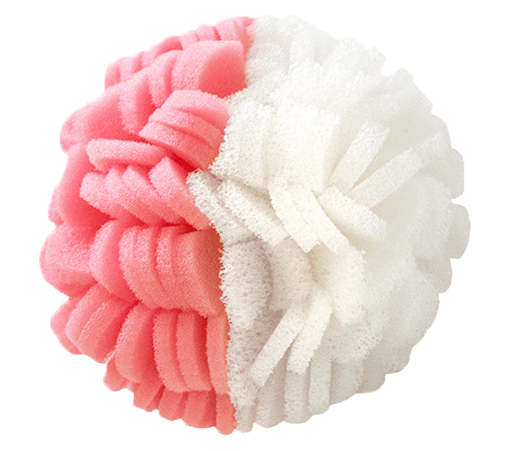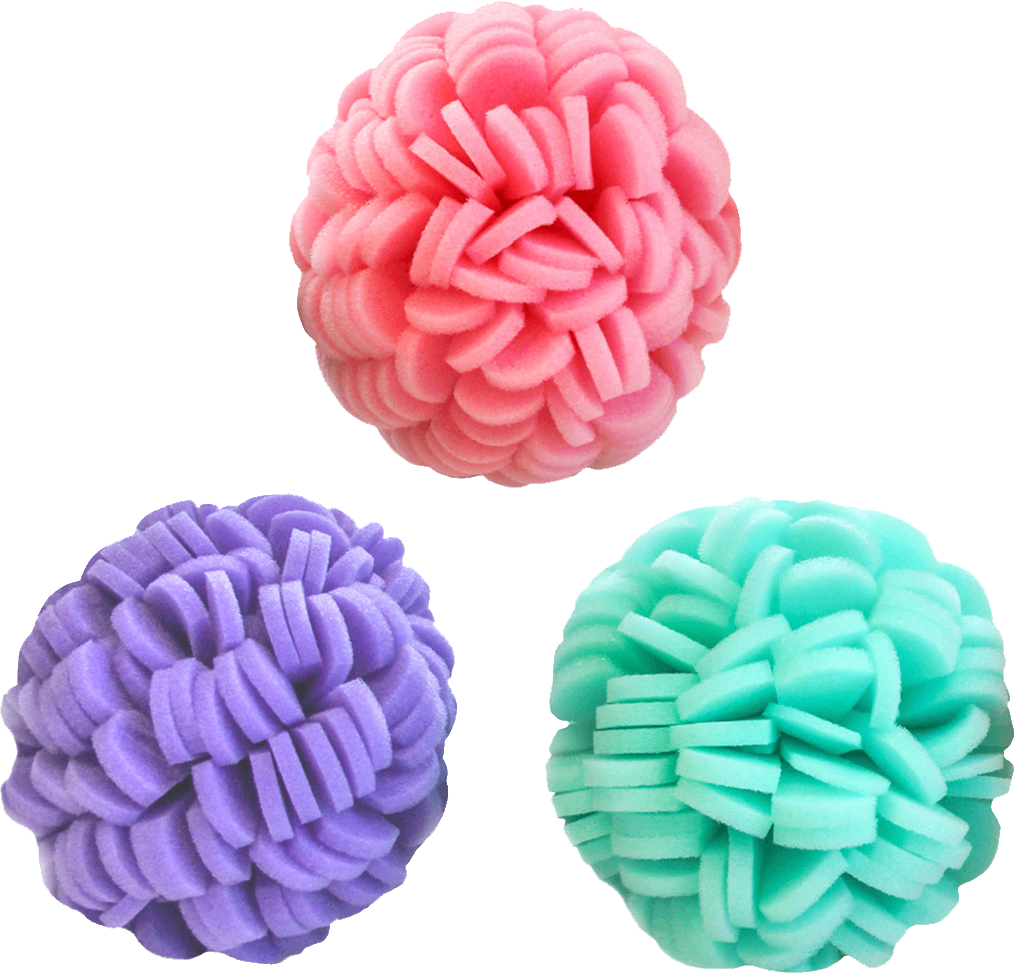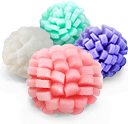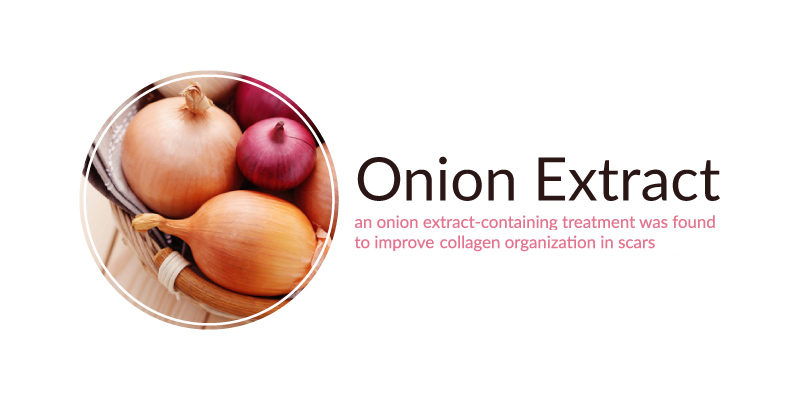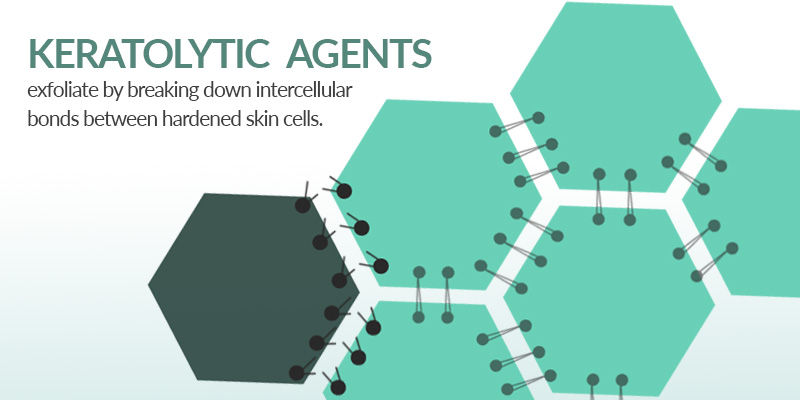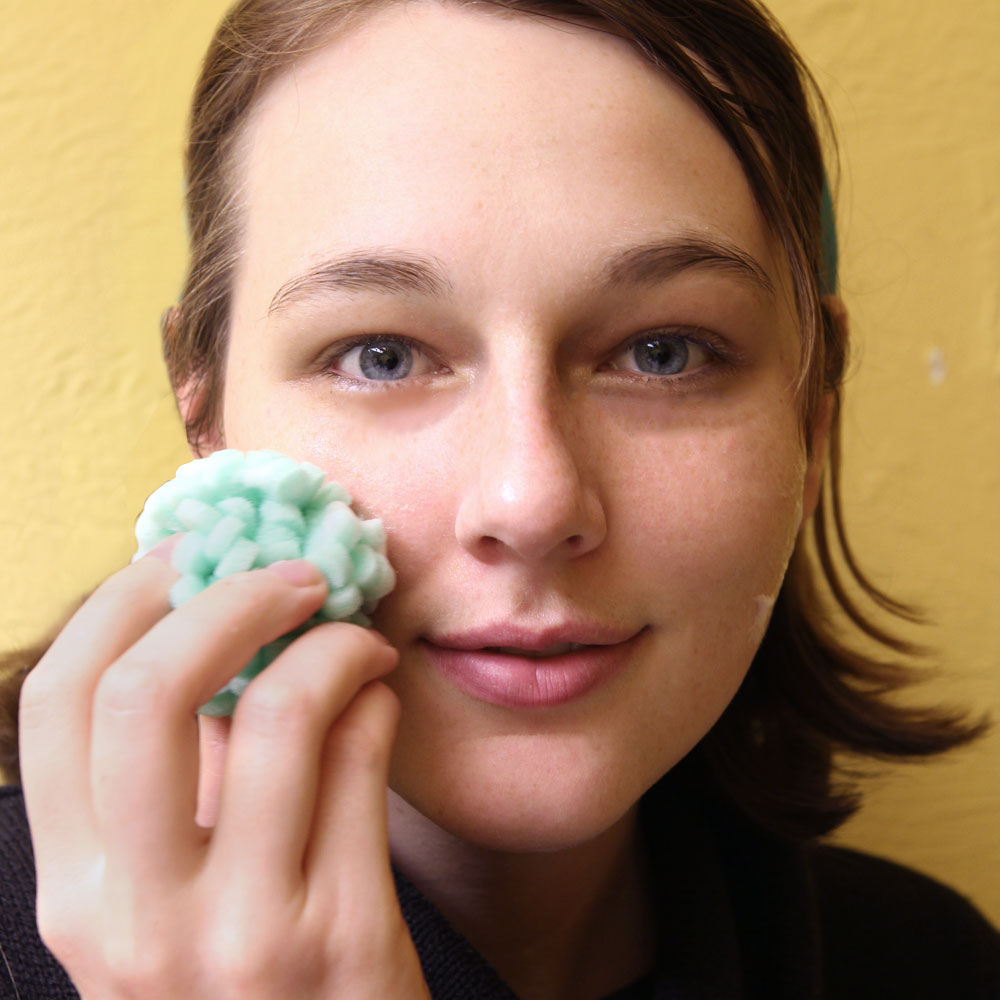Whether from surgery, an accident, or just being clumsy, most of us have at least one scar that simply won’t go away. While there are numerous over-the-counter and prescription scar treatments available, there are relatively few ingredients that can actually improve the appearance of scars or even prevent their formation. Although not exhaustive, we wanted to give an overview of some of the best ingredients for treating scarring.
Silicone
When it comes to treating scars, silicone is one of the best ingredients on the market. Silicone scar treatment can come in several different forms, with the most common including silicone sheets and self-drying silicone gels. Although research published in the Korean Journal of Medical Science was unable to find a difference in efficacy between silicone sheets and silicone gel, the researchers noted that patients tend to prefer the convenience of silicone gels. For example, a self-drying silicone gel was found to be effective in treating the appearance of hypertrophic and keloid scars, with many of the scars being assessed as normal or mildly hypertrophic after treatment (Journal of Cutaneous and Aesthetic Surgery). When silicone gel sheets were applied to 14 hypertrophic scars for 8 weeks, researchers found that the experimental participants’ scars improved significantly and seldom induced adverse effects in the participants (Surgery). In a study of postoperative wounds and scar healing, a silicone gel treatment inhibited hypertrophic and keloid scar formation and also improved scar symptoms in participants. Although researchers remain unsure of how exactly silicone gel affects scar healing, it is postulated that an increase in skin surface temperature, increased hydration in the stratum corneum, and the development of a static electric field may factor into silicone’s efficacy (Journal of the European Academy of Dermatology and Venereology). Research published in the journal Dermatologic Surgery similarly found that silicone (applied as silicone sheets) can prevent hypertrophic and keloid scar formation following surgery.
Onion extract for scar treatment
Admittedly, applying onion extract to your skin doesn’t sound too glamorous or effective, but this plant extract is a staple in most scar treatments. In research published in Dermatology Research and Practice, 16 women with Caesarean scars applied a 12% onion extract gel to their scars three times a day for 12 weeks. After the trial period, many of the women saw improvements in terms of scar height. When 42 experimental participants applied an onion gel treatment to scars once a day for eight weeks, the treatment led to significant improvements in scar texture, softness, redness, and overall appearance within the first four weeks of application (The Journal of Clinical and Aesthetic Dermatology) . Although the researchers were unable to find significant improvements in terms of scar hypertrophy, an onion extract-containing treatment was found to improvement collagen organization in scars, according to research published in Plastic and Reconstructive Surgery. This study’s researchers also suggested that onion extract may play a role in the pathophysiology (physical development) of hypertrophic scars. The researchers of this study also noted that the onion extract treatment contains a derivative called quercetin which demonstrates anti-proliferative effects on healthy and malignant cells, and suggested that these properties may be of use in treating the inflammatory and proliferative responses of hypertrophic scars.
Salicylic acid
Salicylic acid isn’t just limited to exfoliation and treating breakouts; a small but growing body of evidence suggests that salicylic acid may assist in scar treatment. When combined with a hydrogel dressing, a 2% salicylic acid treatment was applied to hypertrophic scars every 8 to 12 hours for 60 days. After the experimental period, scars treated with the salicylic acid and hydrogel treatment were asymptomatic, or generally lacking characteristics of scarring such as itching, pain, and erythema. However, more research is needed, as the study had a small participant pool (Journal of Burns and Wounds). Research from the journal Plastic and Reconstructive Surgery echoed similar findings. Over a 90-day period, a treatment of 2% salicylic acid and hydrogel decreased scars height and width and improved erythema, with the latter being of importance in limiting scar formation and other scar-related symptoms.
Bottom Line
To maintain healthy skin you should regularly cleanse, exfoliate (with one of our ViaBuff buffs!), and moisturize, and follow up with a broad spectrum sunscreen. However, even the best exfoliating and moisturizing serums may not be able to treat serious scarring. Especially if you are recovering from a surgical or otherwise serious wound, we suggest consulting with your dermatologist before picking a scar treatment. Specifically, you may want to discuss with your dermatologist about using a treatment containing silicone, onion extract, or salicylic acid, all of which have demonstrated a propensity in treating or preventing scars.

